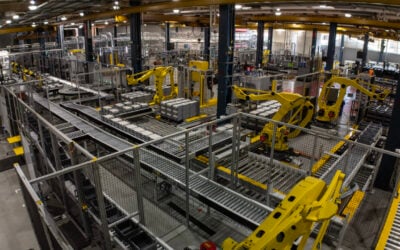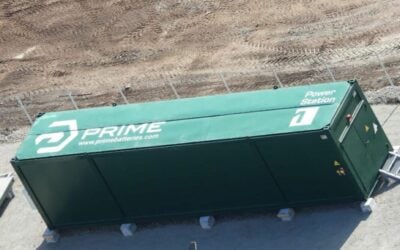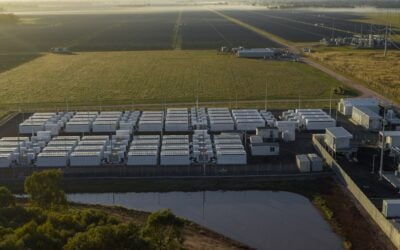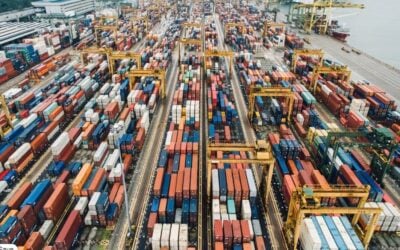
The opening up of independent system operator (ISO) services as a result of FERC Order 841 has led to a “huge difference” in storage dispatch strategy for merchant markets with concurrent bidding now the typical strategy.
This is according to Dr. Sudipta Lahiri, director of storage and grid intelligence for energy systems at DNV, who told audiences at this week’s virtual Energy Storage Summit USA that the FERC ruling has “reduced regulatory risk and increased market access”.
Enjoy 12 months of exclusive analysis
- Regular insight and analysis of the industry’s biggest developments
- In-depth interviews with the industry’s leading figures
- Annual digital subscription to the PV Tech Power journal
- Discounts on Solar Media’s portfolio of events, in-person and virtual
Or continue reading this article for free
The ruling states barriers to distributed and behind-the-meter energy storage participating in wholesale electricity markets should be removed, ordering regional transmission operators and ISOs to reconfigure wholesale markets to accommodate storage resources to allow them to provide capacity, energy and ancillary services.
Lahiri explained that prior to this, battery projects used to bid into and operate in single merchant markets for example PJM’s Reg D market or CAISO RTE auction markets. Now, following FERC Order 841, the strategy has changed to concurrent bidding and participation in multiple markets, which Lahiri said “essentially requires operators to dynamically evaluate expected income and cycling performance with trade-offs between energy arbitrage and ancillary services participation”.
Indeed, Lahiri said the trade-off between resource operation and resource degradation is “probably the most important and fascinating aspect about estimating storage value”, with this translating to a trade-off between the revenue opportunity and medium to long term O&M costs.
He made reference to how there is generally a “sweet spot” of how much the battery should be operated in a year to maximise the revenue potential. Giving the example of a four hour project in CAISO, he explained that operating the battery at two cycles per day gives an expected revenue of US$5.5 million dollars. If you halve the cycling to one cycle per day, “the expected revenue only drops slightly” to around US$4.5 million dollars.
He said this illustrates that sweet spot of maximizing expected revenue while maintaining state of health, with the sweet spot often sitting around one cycle per day. However, he added that this can depend on “lots of factors” such as how high the merchant market prices are and the cycling and degradation characteristics of a particular cell used in a project.
For hybrid storage projects, dispatch strategy “has to take into account the ramp and sizing limitations of each of the engineering components in the project”. He also gave the example of the different energy transaction paths of a solar-plus-storage project, with these being when the storage is charging off the PV, when the PV is exporting directly to the grid or when the storage is charging from the grid. Each of these paths have a different equivalent efficiency which “require consideration when being scheduled for dispatch”.
Other factors to impact on dispatch include the maximum charge rates, the transformer capacities and inverter limits.
When looking more generally at the merchant market, Lahiri said that merchant market storage project deployment will “continue to drive very high growth in the stationary storage market”, having made reference to how 2020 in particular had been a “fantastic year for energy storage” with the volume installed being greater than all prior years combined.
He finished to state that assessment of project value is “complex”, with there being “multiple revenue streams with different levels of revenue surety” and there always being that trade off between resource operation and resource degradation.






